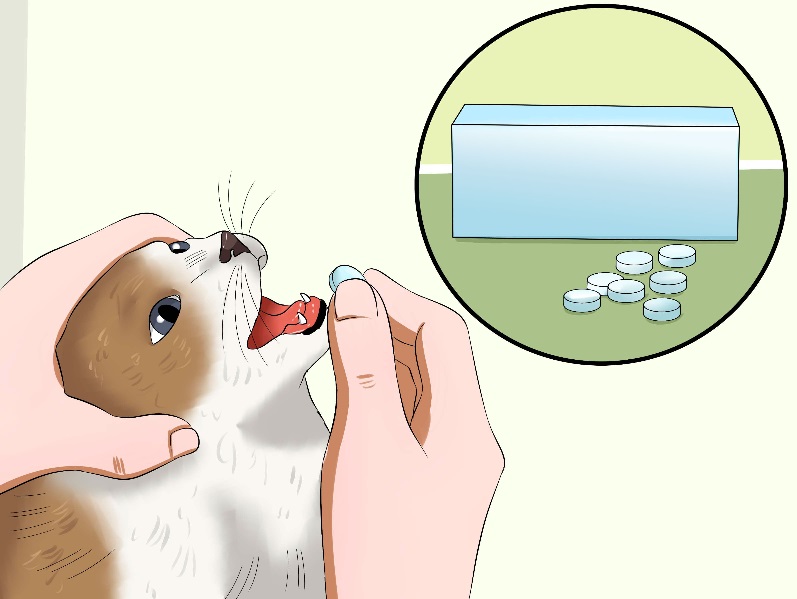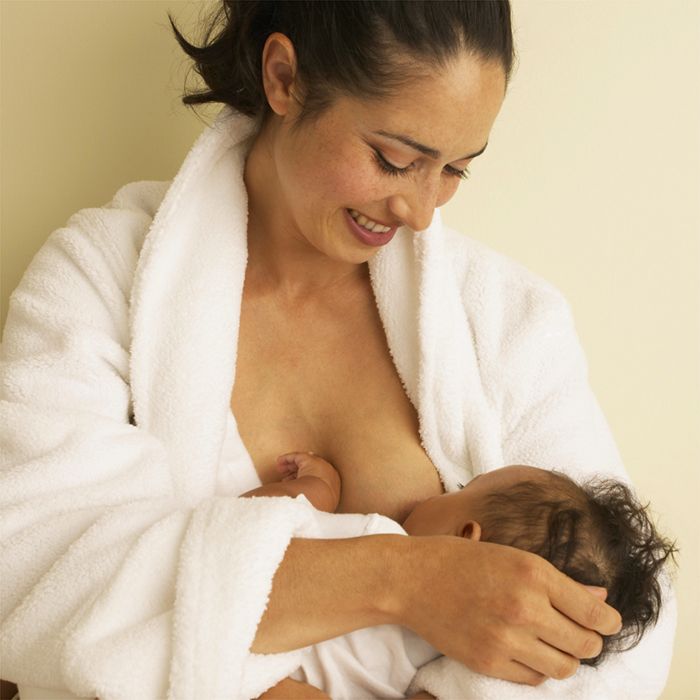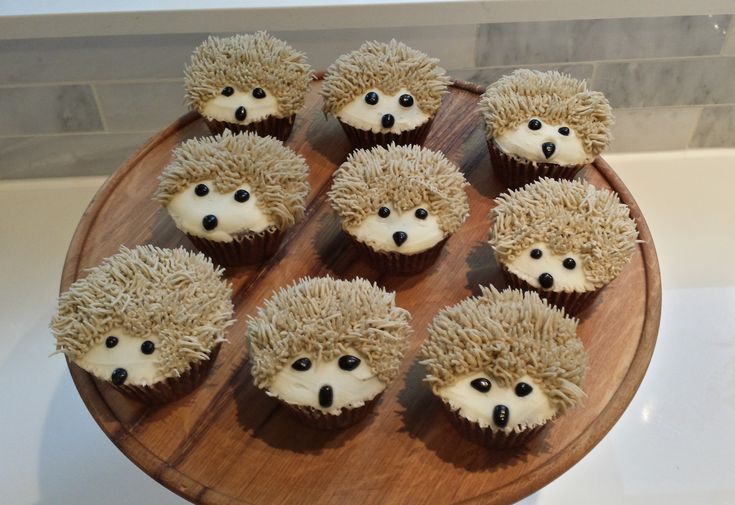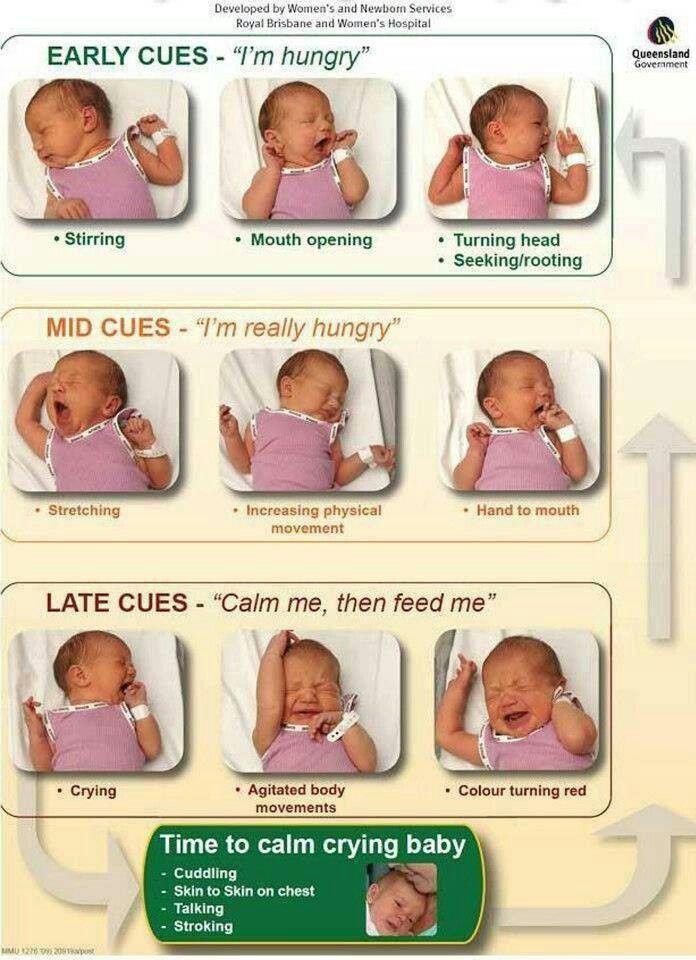Baby fresh food feeder ideas
Ultimate Guide to Baby Feeders: Mesh and Silicone
You may have seen baby feeders, whether mesh or silicone, and wondered what they are for. They are a great tool for feeding babies and toddlers—and are especially awesome for teething relief. There are many on the market though, so today I’m sharing the best of the best.
Baby Feeder
A baby feeder is made up of an easy-hold handle and a little pouch with lots of holes. The idea is that the holes allow some of the flavor and texture of the food to come out, without the concerns that may come with larger pieces of food.
This means you can worry less when it comes to choking risks.
One thing to keep in mind: They don’t allow babies to have the full texture experience of the food—since the texture is mostly the mesh of the feeder. That means you don’t want to use one of these for every meal (or even most meals).
Lots of exposures to lots of textures helps babies and toddlers gain confidence in handling all sorts of foods, which can make feeding kids a lot easier over the long run.
But an infant feeder can be a handy tool to have in the mix, especially if on the go, starting to transition to baby food, or trying out a new food that has you a little nervous.
And they are a great way to offer cold teething relief to soothe baby’s gums.
Baby Fruit Feeder
Many people like to use baby feeders to offer fruit, either fresh or frozen, since the product is a safe way for baby to suck on and explore the flavor of a wide range of fruit.
TIP: Another name for this is Baby Fruit Pacifier.
Best Baby Food Feeders
Below are my top picks for infant feeders chosen for ease of use, durability, and ease of care (as in washing!). There are different materials listed, as well as specific information on each product.
Best Mesh Feeder
Munchkin Baby Feeder, sold in a set of two. (Or choose the ones that come with travel caps.)
This baby feeder has a streamlined, simple design of a mesh bag for the food and a ring for baby to hold onto. Small, digestible pieces of food come through so baby is getting some nourishment (and comfort if using for teething) without the risk of choking. It’s about $7 for two of them.
Small, digestible pieces of food come through so baby is getting some nourishment (and comfort if using for teething) without the risk of choking. It’s about $7 for two of them.
Best Silicone Feeder
Boon Silicone Feeder
This baby feeder, which is priced at under $6, is made from durable silicone and can be used with fresh or frozen foods. The interior stem forces food toward the tiny holes in the feeder and the small handle is sized just right for baby’s little hands.
Kidsme Baby FeederBaby Feeder Pacifier Combo
Kidsme Food Feeder
This popular Kidsme feeder has a replaceable silicone pouch that comes in two sizes, so you can adjust and replace as your child grows. It has a unique handle style that some babies may prefer and can be used as a pacifier too. It’s usually priced around $15 and is recommended for ages 4-24 months.
What baby foods should I put into a baby feeder?
Here are some fruits that are good to serve in a baby feeder:
- Raspberries, fresh or frozen
- Strawberries, fresh or frozen
- Blackberries, fresh or frozen
- Cantaloupe
- Honeydew
- Banana
- Mango, fresh or frozen
- Roasted sweet potato
- Roasted butternut squash
- Ripe fresh pear
- Fresh cucumber, skin removed
- Watermelon
- Cooked red meat such as steak
- Frozen grapes (These are NOT safe served to a child this age in any other way as they are a choking risk.
 They are fine served inside the feeder, though.)
They are fine served inside the feeder, though.)
TIP: You can use frozen fruit or ripe fresh fruit that’s soft and easy to gum. Avoid any fruits or veggies that are very hard as baby may be frustrated by that texture.
Frequently Asked Questions
What age can baby use a mesh feeder?
Babies can use an infant feeder soon after starting solids around 6 months, or when they can easily hold it and bring it to their mouth.
How do I use a baby feeder to help with teething?
If you fill the feeder, whether mesh or silicone, with frozen fruit, you can soothe teething in infants who are eating solids or in toddlers. It’s cold and yummy, yet requires no real work for the child to suck on, so it’s comforting.
Are all of these baby feeders BPA-free?
Yes, if you choose a mesh baby feeder or one made from silicone, they are BPA-free.
What’s the best way to clean a baby feeder?
Try using a bottle brush or just running water to clean out the mesh. It should be fairly easy to clean if you avoid letting it sit too long with food in it!
Are baby feeders good for babies?
The one downside could be that if you rely on them too much, the child learns the texture of the feeder, rather than of the food. This can make it harder for a child to learn to move actual food around in their mouths and harder for them to accept a range of textures in the future when you don’t want to be using the mesh feeder as much.
Because of that, I recommend using this product at limited times such as when on the go at a restaurant or to help sooth a teething infant, baby, or toddler.
This is not recommended as a way to feed your child at every meal.
If you are worried about choking, review this information on toddler choking and trust that if you serve foods that are easy to squish between your fingers, baby is sitting down at meals, and you are with them, they will learn to eat like so many other kids who have gone before them!
You May Also Like
- Best Baby Puffs
- Favorite Sippy Cups
- Best Snack Containers
- Best Lunch Boxes
- Favorite Suction Bowls
- Top High Chairs
I’d love to hear your thoughts on baby feeders in general or on these specific products, so please comment below to share!
This post was first published May 2019.
Best Foods for a Mesh Feeder
You’ve bought a mesh feeder (also known as a teething feeder) for your baby because you’ve heard they’re a great way to allow your baby to feed himself safely.
But what on earth should you put in it?
One of the most popular foods given in a mesh feeder is banana – probably because pieces of banana can be as slippery as soap and very difficult for your poor baby to pick up! Frozen banana is great too.
But beware – you can ruin your feeder forever if you don’t act quickly to clean it afterwards.
AS SOON as your baby has finished eating, start cleaning the feeder – otherwise, the leftover brown gunk can be very difficult to remove.
Even the dishwasher won’t do a great job if the fruit is left on there for too long.
The best way to get the banana bits out is – quite simply – to hold the mesh feeder under running water and scrub it with a toothbrush (set aside for the purpose) or a stiff dish-washing brush. If the bits are particularly stubborn try soaking the bag in a 50/50 mixture of white vinegar and water.
If the bits are particularly stubborn try soaking the bag in a 50/50 mixture of white vinegar and water.
Other great foods for putting in a teething feeder include
- chunks of melon. Try pureeing melon then freezing it – excellent relief from sore gums if your baby is teething.
- raw apple (apples are fairly hard and many parents worry about the choking risk associated with giving them as a finger food. This is a great way to enable your baby to enjoy fresh apples)
- uncooked pear
- frozen blueberries
- grapes (really yummy when frozen!)
- peaches / nectarines
- pieces of fresh or frozen raw carrot
- fresh strawberries (when appropriate)
- fruit popsicles (try freezing your baby’s favourite fruit puree stirred into yogurt. A messy – but delicious and healthy – treat)
- crushed ice or frozen breast milk
Remember – fruits that are placed in a mesh feeder don’t need peeling, because the skin (and any seeds) will stay inside the mesh bag and your baby will just get the mushy flesh.
Some parents also put in soft cooked vegetables (such as sweet potato), although your baby should be able to manage these quite well anyway by just mashing them with his gums!
One last point – teething feeders can be messy, particularly if your little one takes to throwing one around. A way to combat this is to use a pacifier clip to attach the teething feeder to his bib – no more feeder flinging!
Haven’t got a mesh feeder yet?
Teething feeders available online from Amazon…
Fresh Food Feeder (US)
Click here for a UK versionWhat does your baby enjoy eating in his teething feeder?
We’d love to hear how YOU use your mesh feeder – and please feel free to share your feeder cleaning tips, too!
By Author Christine
Posted on Last updated:
Categories Feeding tips
Tags applebananablueberriescarrotgrapesmelonnectarinespeachespearstrawberriessweet potatoteething2 year old child's menu with recipes
Menu author: Natalia Dik — pediatrician. She graduated from the Chelyabinsk Medical Academy, clinical internship and residency, specialty pediatrics. She has been working in her specialty since 2007, from 2005-2008 she has been the head of the Allergy Department of the City Clinical Hospital No. 1 of Chelyabinsk, since 2008 she has been a specialist in clinical trials of drugs. She enjoys cooking and practices the Menu of the Week system in her daily life. nine0011 She graduated from the Chelyabinsk Medical Academy, clinical internship and residency, specialty pediatrics. She has been working in her specialty since 2007, from 2005-2008 she has been the head of the Allergy Department of the City Clinical Hospital No. 1 of Chelyabinsk, since 2008 she has been a specialist in clinical trials of drugs. She enjoys cooking and practices the Menu of the Week system in her daily life. nine0011 |
By the age of two, most babies are able to eat many foods and dishes on their own, there is no need to grind food in a blender or knead with a fork. Rejoicing at such changes, some parents want to give the baby to try more new dishes. Some, on the contrary, are afraid to introduce something new, and they are in no hurry to transfer it to the general table. There is some common sense in both approaches. Although the digestive system of a two-year-old baby is already much more mature compared to a one-year-old, nevertheless, it is not yet strong enough. Therefore transition to adult food should be gradual .
Therefore transition to adult food should be gradual .
The sample menu for week below is suitable not only for feeding a two-year-old child, but also for the whole family.
Do not worry if one of the days the child has not eaten all the dishes you have prepared. Our ideas about how much a two-year-old baby should eat often differ from reality in the direction of overestimation. In addition, children may have their own characteristics and preferences. Everything new is best offered in small portions. Often, babies carefully try unfamiliar or otherwise prepared foods, but if they are offered the same dish next time, they can eat it with pleasure. nine0017
MONDAY
Breakfast: Porridge made of oatmeal with caramel apples
Lunch: Pumpkin soup with chicken+salad “Sunny”
SUPPLE: Smoothies with shepherd
Dinner: Stewed vegetables with freaksheels
Pediatrician's comment: As with all ages, it is very important to diversify the diet of children, including different types of foods . Recommended norm of milk and dairy products - up to 600 ml (of which at least 200 ml are fermented milk products), vegetables 300-400g (of which potatoes - no more than 150g), fruits - 130g, meat (red or poultry) - up to 90g per day , bread - up to 90g (of which black - no more than 30g). It is advisable to eat fish 2-3 times a week (weekly norm 175g), eggs - no more than 3 times a week. nine0011 |
TUESDAY
Breakfast: Kindergarten-style scrambled eggs
Lunch: Borsch-mashed potatoes + Potato casserole with vegetables
Snack: Baked apples with cottage cheese
Dinner:
Pediatrician's comment: Make sure your child drinks enough liquids. |
MEDIUM
Breakfast: Millet porridge with pumpkin in a slow cooker
Lunch: Borscht puree + White cabbage salad with apple
Afternoon snack: Banana smoothie with cookies and nuts
Dinner: Buckwheat porridge + Braised liver
Pediatrician's comment: In the diet of two-year-old children, there should be no such things as fast food (in addition to hamburgers and french fries, these are various chips and store-bought crackers), smoked meats, semi-finished products (sausages, sausages), canned and pickled foods, mushrooms and seafood. |
THURSDAY
Breakfast: Cottage cheese casserole with apples
Lunch: Soup with fish meatballs + Carrots and dried apricots
SUPPLE: yogurt+milk cake
Boutiker porridge+carcass liver
Pediatrician's comment:Of course, it is best to prepare baby food from natural products. If, nevertheless, there is a need to purchase finished products (yogurts, curds, etc.) - be sure to read the information about the composition of on the labels, since at present, even in products intended for baby food, you can often find various flavors, thickeners and preservatives. Manufacturers use many tricks to confuse customers (for example, they write "No preservatives" even if the composition contains citric acid, a powerful preservative). |
FRIDAY
breakfast: Sweet pilaf with dried fruits and nuts
lunch: Soup with fish meatballs + Salad “Vitamin”
SUPPORT: yogurt+milk cake
Dinner: Potato cutlets with turkey and raw
Pediatrician's comment:At the age of two, it is already allowed to introduce a small amount of fried , however, try not to abuse this cooking method, preferring boiling, stewing or baking to it. nine0011 |
SATURDAY
Breakfast: Cottage cheese casserole with pumpkin in a slow cooker
Lunch: Ratatui soup in a multicooker+beetroot salad with prunes and feta
Polteria: Kisel from cherries
Dinner: Potato cutlets with turkey and raw
Pediatrician's comment: The diet of children at the age of two remains 5 times a day: three main meals (breakfast, lunch, dinner) and two intermediate ones. |
SUNDAY
Breakfast: Pancakes with carrots Some experts do not recommend introducing sugar and confectionery into the diet until the age of three , or even for life. If you are already giving your child sweets, remember that the daily intake of sugar for a two-year-old child is up to 50g per day, and the less, the better. Health to you and your children! Author: Anastasija
Lunch: Ratatouille soup in a slow cooker + Beetroot salad with prunes and feta
Afternoon snack: Cherry jelly
Fish casserole 10019 Fish casserole1 9000
Pediatrician's comment:  nine0059 Chocolate and chocolates should be avoided as they stimulate the nervous system of children, often cause allergies and can cause constipation.
nine0059 Chocolate and chocolates should be avoided as they stimulate the nervous system of children, often cause allergies and can cause constipation. Do you like these recipes?
what can a baby eat, what to feed, what vegetables, cereals, fruits to give, regimen and diet for 10 months
nine0016 Published: 06/20/2020
Reading time: 4 min.
Number of reads: 249528
The author of the article: Ponomareva Yuliya Vladimirovna
Pediatrician, candidate of medical sciences, allergist-immunologist
The first year of a baby's life is unique. The processes of growth and development are so intense that each new month is not like the previous one. In this regard, the child's diet undergoes changes every month to meet the growing needs of the body for nutrients, vitamins, minerals and other biologically active substances.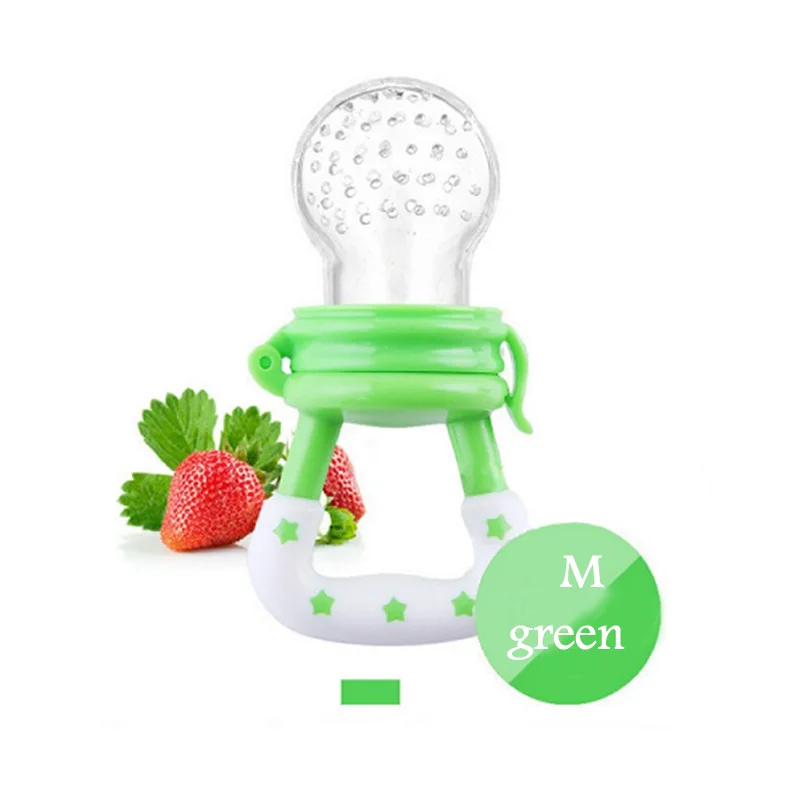 Let's discuss what changes are taking place in the baby's diet, and what can be included in the diet at 10 months. nine0017
Let's discuss what changes are taking place in the baby's diet, and what can be included in the diet at 10 months. nine0017
Feeding a 10-month-old baby
Daily routine and nutrition are very important in a baby's life. Children quickly get used to a certain routine and more readily eat the dishes that are traditionally offered at this meal. Of course, each child is unique, and yours has its own favorite foods and their combinations. Try to rationally distribute all the necessary complementary foods in 5 meals, taking into account the characteristics of family life. Adhere to the principle of a balanced menu, plan your diet for the week in advance, while trying to diversify your diet as much as possible, accustoming your child to the taste of new foods. nine0017
First meal
The first meal is in the early morning - the baby wakes up hungry after a 6-8 hour break in food. It is best to feed your baby with breast milk or an adapted formula. Child health and nutrition experts recommend continued breastfeeding (BC) until at least the end of the first year of life.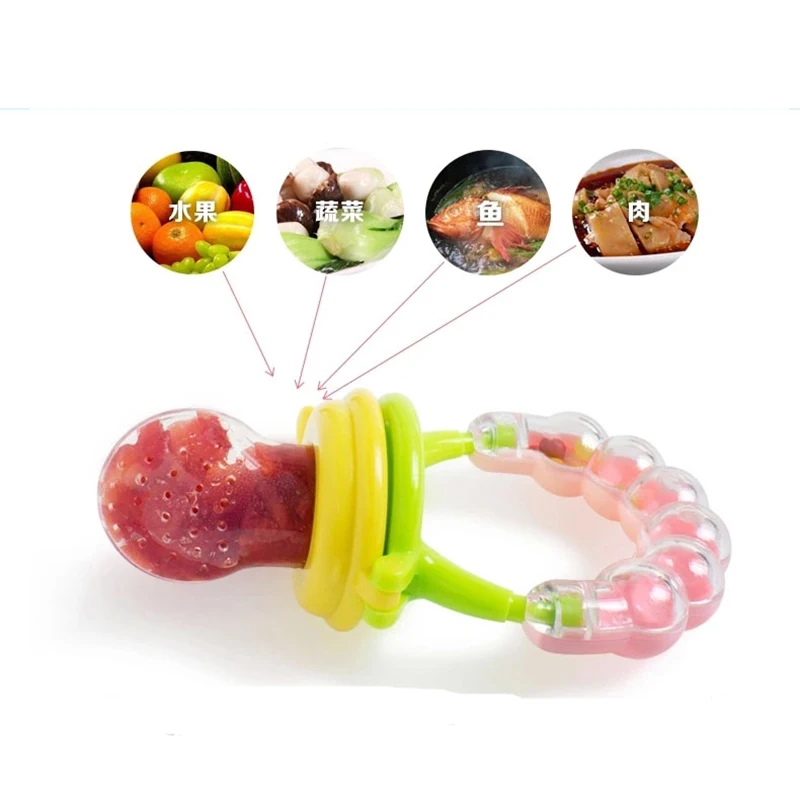 The nutritional value of mother's milk at this age is already low, but as a source of the most important biological substances and psycho-emotional comfort, it is undoubtedly priceless. If the child is bottle-fed, you can prepare him a drink based on an adapted mixture. Until the end of the first year of a child's life, it is not recommended to feed whole cow's milk. The fact is that the protein of cow's and goat's milk can cause an allergic reaction, in addition, it causes damage to the intestinal epithelium of an infant and is a serious burden on the kidneys. Do not rush to introduce this unadapted product into the baby's diet. nine0017
The nutritional value of mother's milk at this age is already low, but as a source of the most important biological substances and psycho-emotional comfort, it is undoubtedly priceless. If the child is bottle-fed, you can prepare him a drink based on an adapted mixture. Until the end of the first year of a child's life, it is not recommended to feed whole cow's milk. The fact is that the protein of cow's and goat's milk can cause an allergic reaction, in addition, it causes damage to the intestinal epithelium of an infant and is a serious burden on the kidneys. Do not rush to introduce this unadapted product into the baby's diet. nine0017
Read also: Complementary foods
Breakfast
The second meal, at approximately 9-10 am, should provide energy and nutrients for a 10-month-old baby to be active in the morning. What can you offer your child for breakfast? Milk porridge is the perfect product for a good start to the day - it is rich in complex carbohydrates, which ensures long-term saturation and energy boost.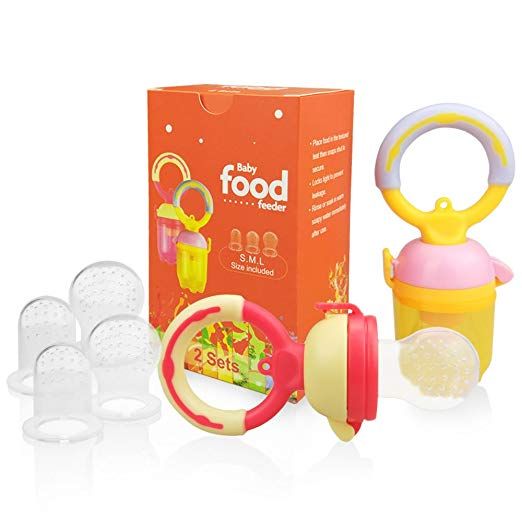 The dietary fibers included in its composition are involved in comfortable digestion. In addition, cereals are a source of almost all essential nutrients. In the nutrition of babies at 10 months, the consistency of porridge may already be less homogeneous. Try introducing porridge into your diet, which contains cereal flakes and crushed berries, which helps your child learn to chew. At this age, mothers often begin to cook porridge at home, but it is preferable to use industrial products. Commercially produced porridge is often multi-cereal, which makes it possible to use the beneficial qualities of various grain crops, including those that cannot be cooked at home due to poor digestibility. Cereals go well with fruits and vegetables. For breakfast, you can additionally offer fruit puree or slices of boiled / baked soft fruits for breakfast. Cottage cheese and vegetable or cottage cheese and cereal casseroles and puddings can diversify the weekly breakfast menu. Every day a child can eat up to 50 grams of cottage cheese.
The dietary fibers included in its composition are involved in comfortable digestion. In addition, cereals are a source of almost all essential nutrients. In the nutrition of babies at 10 months, the consistency of porridge may already be less homogeneous. Try introducing porridge into your diet, which contains cereal flakes and crushed berries, which helps your child learn to chew. At this age, mothers often begin to cook porridge at home, but it is preferable to use industrial products. Commercially produced porridge is often multi-cereal, which makes it possible to use the beneficial qualities of various grain crops, including those that cannot be cooked at home due to poor digestibility. Cereals go well with fruits and vegetables. For breakfast, you can additionally offer fruit puree or slices of boiled / baked soft fruits for breakfast. Cottage cheese and vegetable or cottage cheese and cereal casseroles and puddings can diversify the weekly breakfast menu. Every day a child can eat up to 50 grams of cottage cheese.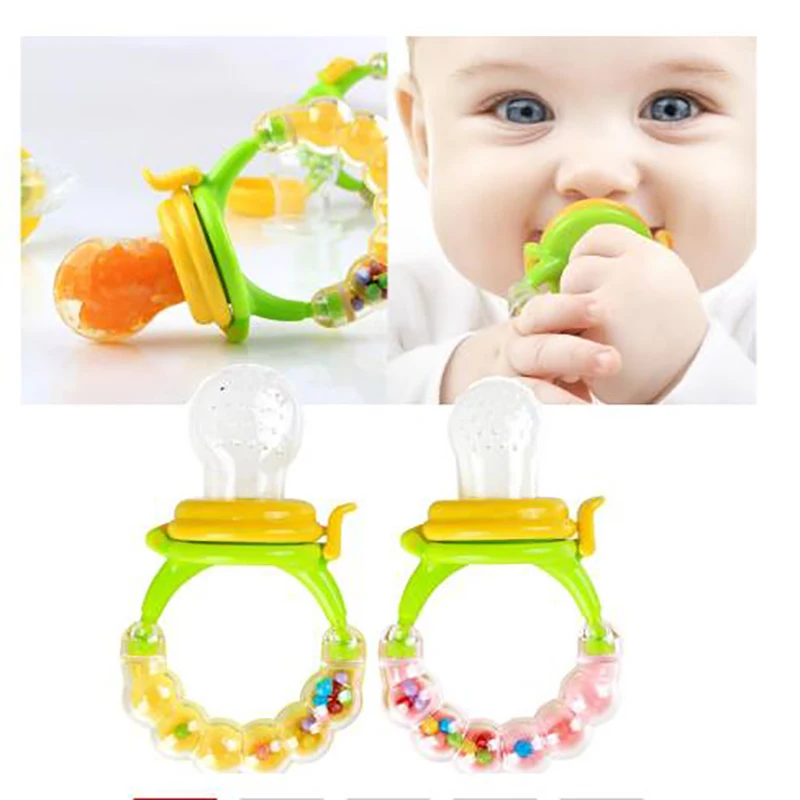 If the child has not previously had allergic reactions, you can expand the range of fruits and gradually introduce citrus fruits and a number of exotic fruits into the diet. nine0017
If the child has not previously had allergic reactions, you can expand the range of fruits and gradually introduce citrus fruits and a number of exotic fruits into the diet. nine0017
Drinks
It is not recommended to give a large amount of liquid immediately after a meal, as this overloads the digestion process. Limit yourself to a few sips of water or compote if the child wants to drink food. And between the main meals, periodically offer the baby water, compote or fruit drink, as well as special children's tea. Limit your juice intake, as this is a high-carbohydrate product and is a serious burden on the organs of the gastrointestinal tract. The volume of juice per day should not exceed 100 ml. nine0017
Lunch
The next meal, lunch, covers a third of the total energy expenditure of the day and provides essential nutrients for active growth and development. At 10 months, it is already possible to offer the baby unpurified soup, provided that well-boiled vegetables are used. Meat complementary foods should be combined with foods that promote the best absorption of trace elements important for growth and development, especially copper and iron. First of all, these are vegetables, with the exception of legumes, and buckwheat. Given that different types of meat contain different amounts of trace elements and vitamins, a balanced weekly diet includes at least 3-4 types of meat complementary foods. Also, 1-2 times a week, the baby can eat dishes with the addition of offal - the liver, tongue and heart. In addition to mashed meat, the baby can be offered coarsely chopped meatballs or steam cutlets. Adding vegetable and cereal components to a meat dish makes the taste more tender and enriches the diet with other beneficial nutrients. Despite the insipid taste of dinner dishes, which seems to many adults, it is not recommended to add salt and spices to them. At 10 months, onions and parsley and dill can be used to develop taste buds in dishes. nine0017
Meat complementary foods should be combined with foods that promote the best absorption of trace elements important for growth and development, especially copper and iron. First of all, these are vegetables, with the exception of legumes, and buckwheat. Given that different types of meat contain different amounts of trace elements and vitamins, a balanced weekly diet includes at least 3-4 types of meat complementary foods. Also, 1-2 times a week, the baby can eat dishes with the addition of offal - the liver, tongue and heart. In addition to mashed meat, the baby can be offered coarsely chopped meatballs or steam cutlets. Adding vegetable and cereal components to a meat dish makes the taste more tender and enriches the diet with other beneficial nutrients. Despite the insipid taste of dinner dishes, which seems to many adults, it is not recommended to add salt and spices to them. At 10 months, onions and parsley and dill can be used to develop taste buds in dishes. nine0017
Snack
Snack, although not the main meal, is necessary for the baby to reinforce forces after a daytime nap and provide the necessary energy for active activities in the afternoon.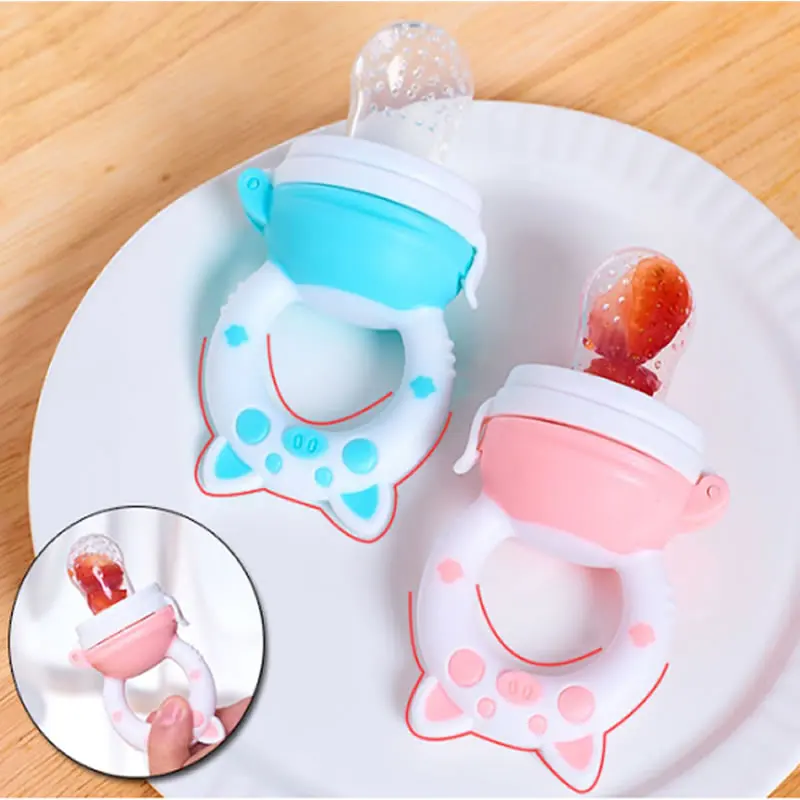 A dairy product rich in easily digestible protein and fat is ideal, combined with cereals and fruits that complement the dish with carbohydrates and fiber. For a 10-month-old baby, this could be a specialized fermented milk drink combined with baby biscuits and fruit. Another option would be a special industrial product called "Snack Porridge", which is a delicious dessert that combines cereals, milk and natural fruits. In addition to nutritional value, it is a source of dietary fiber, organic acids, vitamins and trace elements. And for kids, this is a delicacy, because the dish has a delicate texture and pleasant taste. nine0017
A dairy product rich in easily digestible protein and fat is ideal, combined with cereals and fruits that complement the dish with carbohydrates and fiber. For a 10-month-old baby, this could be a specialized fermented milk drink combined with baby biscuits and fruit. Another option would be a special industrial product called "Snack Porridge", which is a delicious dessert that combines cereals, milk and natural fruits. In addition to nutritional value, it is a source of dietary fiber, organic acids, vitamins and trace elements. And for kids, this is a delicacy, because the dish has a delicate texture and pleasant taste. nine0017
Dinner
The main evening meal should be easy to digest to avoid problems with digestion at night, and at the same time be nutritious. A 10-month-old baby can be offered a fish soufflé with a vegetable garnish, a curd-cereal casserole with fruit sauce, baked vegetables with noodles, or a fruit-cereal pudding. Right before bedtime, the baby can be fed with breast milk or an adapted mixture, which will ensure comfortable falling asleep and a restful night's sleep.

 At the same time, vegetables (fresh and cooked), fruits, cereals, milk and dairy products, vegetable and butter should be on the children's menu daily.
At the same time, vegetables (fresh and cooked), fruits, cereals, milk and dairy products, vegetable and butter should be on the children's menu daily. 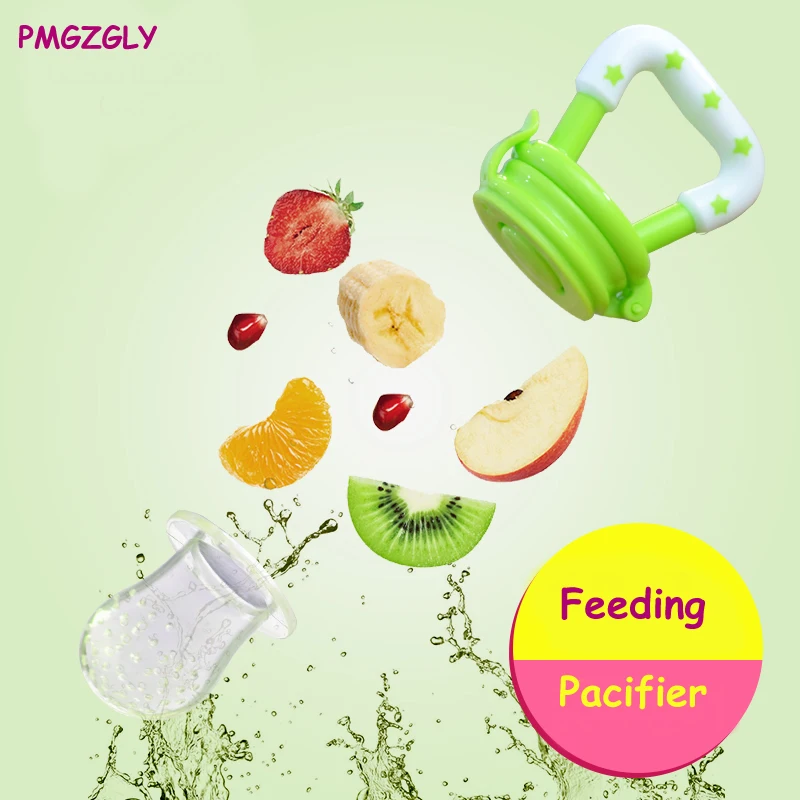 The norm is 35 ml/kg of water per day ie with a weight of 12 kg your baby should drink 420 ml. It is desirable that it be clean water. If the child refuses it, you can try to give unsweetened compote, herbal tea, but not store-bought juices.
The norm is 35 ml/kg of water per day ie with a weight of 12 kg your baby should drink 420 ml. It is desirable that it be clean water. If the child refuses it, you can try to give unsweetened compote, herbal tea, but not store-bought juices. 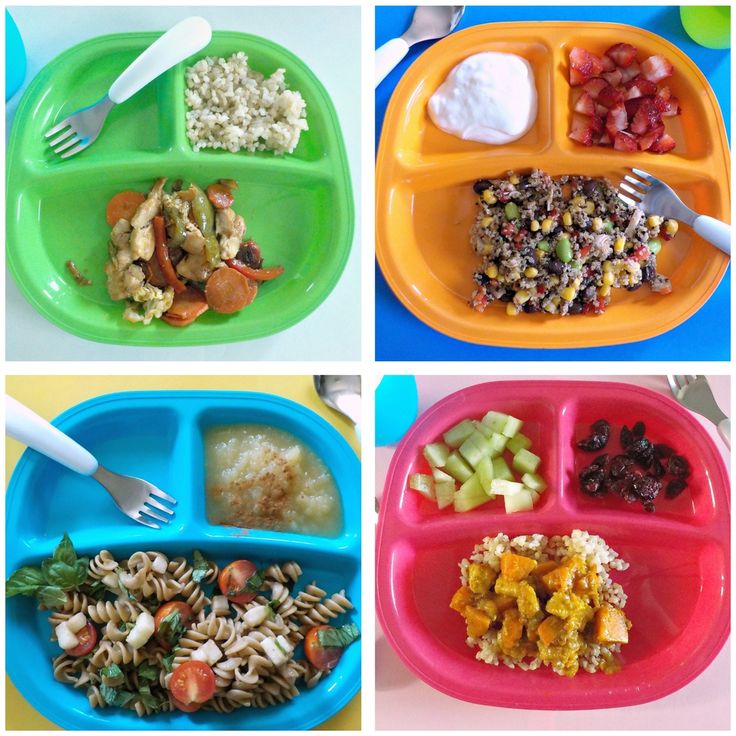 nine0011
nine0011 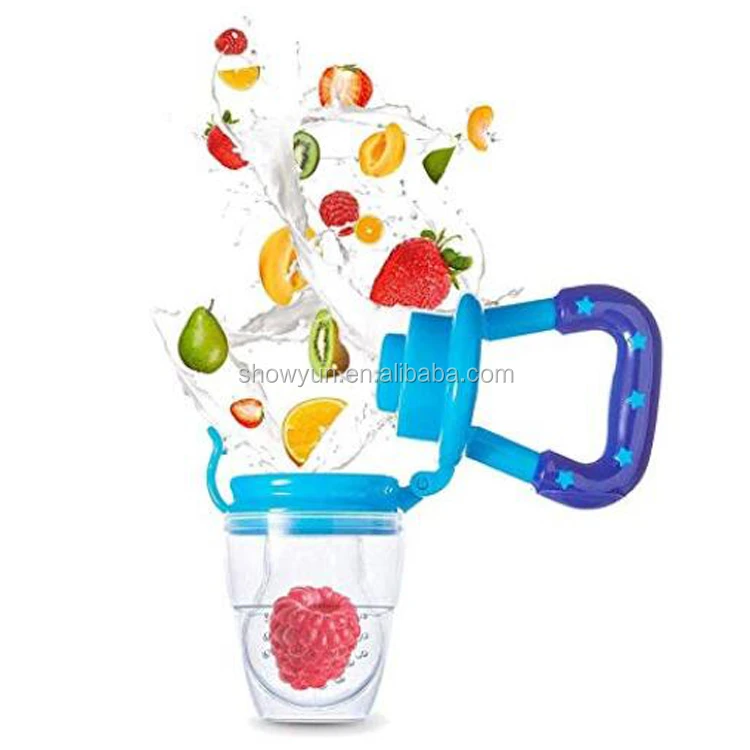
 If the break between the main meals is short, then in between it is enough to give an unsweetened fruit (apple, pear) or a vegetable salad (for example, apple + carrot). If the break is long, you can offer the baby a fermented milk product (yogurt, cottage cheese) with bread or cookies.
If the break between the main meals is short, then in between it is enough to give an unsweetened fruit (apple, pear) or a vegetable salad (for example, apple + carrot). If the break is long, you can offer the baby a fermented milk product (yogurt, cottage cheese) with bread or cookies. 
